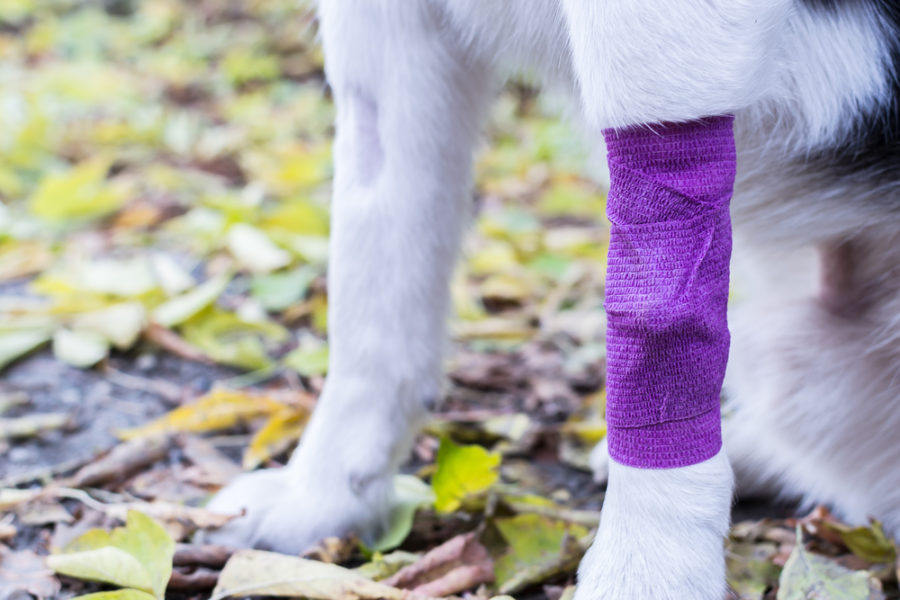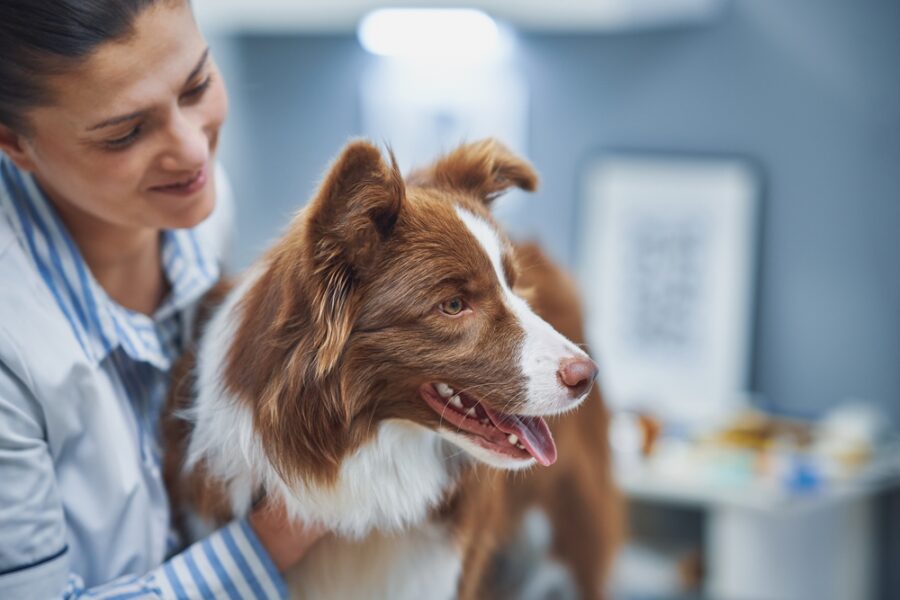According to a recent poll, only 2% of pet parents have training in pet first aid. Here’s why you should seek to sharpen your skills!
Do you have a pet first aid kit at home? What about extra food and treats to lure out an injured pet that might be hiding? What about a leash, collar or carrier to help transport a pet in distress? Do you know how to triage an injury while you make your way to the vet?
These are the types of crucial questions to ask yourself during National Pet First Aid Awareness Month this month. A 2021 MetLife poll of pet insurance policy holders indicated that while many families keep supplies like food and medicine on hand, many weren’t confident about how to respond in an emergency.
In fact, only two percent of policy holders surveyed had taken a first aid course focused on pets. Only 10 percent had a pet first aid kit. And almost half (49 percent) of dog parents and 80 percent of cat parents said they needed more training.
“This matches what we see and hear everyday,” says Katie Blakeley, vice president and head of pet insurance at MetLife. “Most people aren’t really prepared for a pet emergency, but the good news is that you can take a few easy steps to be more prepared.”
How to increase your pet first aid preparedness
- When you think about pet emergencies, don’t just think about medical supplies. Pets in pain won’t react the way they do normally. Items like a muzzle, leash or animal handling gloves will allow you to help them. Having a designated emergency supply of treats might also help.
- Pet first aid classes are a good investment, but much can be learned from home. The American Veterinary Medical Association provides several online resources about emergency vet care. Lessons are also available online, including this one on CPR in dogs from the ACE Academy for Canine Educators.
- Put everything in one place. Most pet parents reported owning many of the staples of a pet first aid kit – like tweezers, antibiotic wipes, etc. But you don’t want to be running around the house looking for supplies in an emergency.
“Of course, we all hope that we never need to perform CPR or rescue an injured pet,” says Blakeley. “But small emergencies are likely to happen. Learning pet first aid means you are prepared for events like minor scrapes at the dog park or attending to a cat after a scuffle with another neighborhood feline.”








